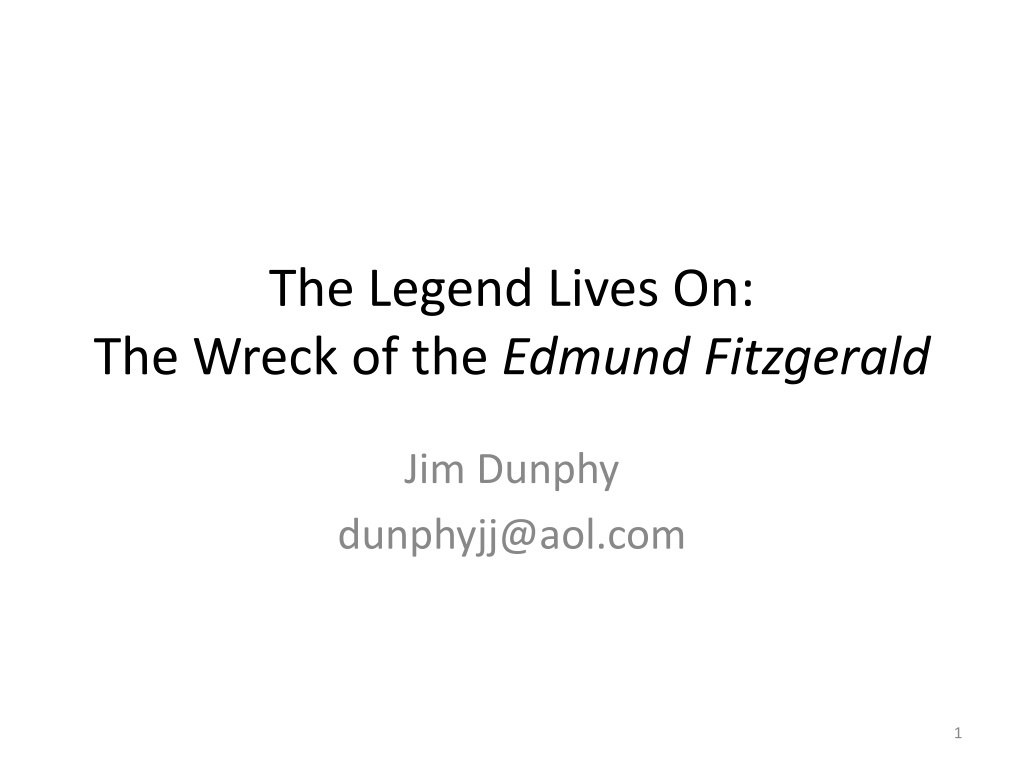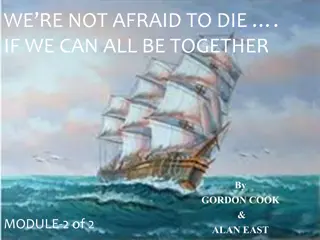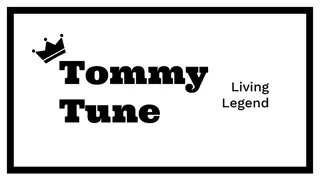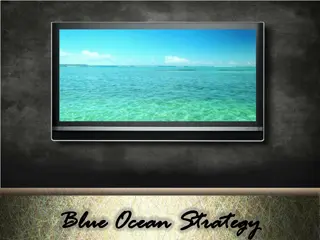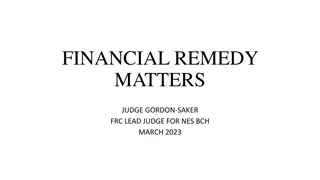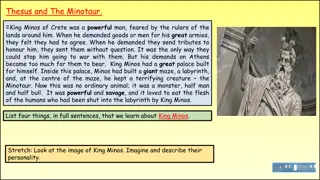Gordon Lightfoot: The Legend Lives On
Gordon Lightfoot, born in 1938 in Canada, is a renowned musician with influences from folk artists like Pete Seeger. His career as a singer-songwriter began in the 1960s with hits like "If You Could Read My Mind." Lightfoot's songs, including "Carefree Highway" and "Sundown," have solidified his place in music history. His honors include the Canadian Music Hall of Fame and the Order of Canada. Lightfoot's connection to the Edmund Fitzgerald shipwreck and his impactful storytelling abilities have left a lasting legacy in the music industry.
Download Presentation

Please find below an Image/Link to download the presentation.
The content on the website is provided AS IS for your information and personal use only. It may not be sold, licensed, or shared on other websites without obtaining consent from the author. Download presentation by click this link. If you encounter any issues during the download, it is possible that the publisher has removed the file from their server.
E N D
Presentation Transcript
The Legend Lives On: The Wreck of the Edmund Fitzgerald Jim Dunphy dunphyjj@aol.com 1
Gordon Lightfoot opens: https://www.youtube.com/watc h?v=hgI8bta-7aw 2
Gordon Lightfoot Born November 17, 1938 3
Gordon Lightfoot Born and raised in Canada, he started singing both in a church choir and in high school He studied music in LA, and said his influences included Pete Seeger, Ian and Sylvia and the Weavers 4
Gordon Lightfoot His early years were more as a songwriter than performer After recording in Canada and Europe, he signed a contract with Albert Grossman, who managed many folk artists, in 1965 5
Gordon Lightfoot His debut album for United Artists in 1965 included the hit For Loving Me After two more albums for UA, he transferred to Warner Brothers, where he had the hit If You Could Read My Mind Question: What was the old time movie about a ghost in a wishing well? 6
Gordon Lightfoot He continued to have a series of hits: Carefree Highway Sundown Did She Mention My Name Rainy Day People 8
Gordon Lightfoot Among his honors: Canadian Music Hall of Fame Order of Canada Songwriters Hall of Fame 9
Gordon Lightfoot In the November 24, 1975 issue of Newsweek, there was a story read by Lightfoot about the Edmund Fitzgerald The first line of the story was: According to a legend of the Chippewa tribe, the lake they once called Gitche Gumee never gives up its dead Sound familiar? 10
Now On to the Edmund Fitzgerald! 11
First: Who was Edmund Fitzgerald? Edmund Fitzgerald (1895-1986) was Chairman of the Northwestern Mutual Life Insurance Company This company also took an interest in shipbuilding 12
First: When the Edmund Fitzgerald was built, it was named after the company s Chairman He was still alive when his namesake sank 13
The Ship was the Pride: Great Lakes Engineering Works of Michigan designed and built the ship While it was to ply the Great Lakes it also had to fit in the soon to be completed St. Lawrence Seaway Keel plate was laid on August 7, 1957 14
The Ship was the Pride: Dimensions: 730 feet long 75 feet wide 25 foot draft 15
The Ship was the Pride: The ship was launched on June 7, 1958, not without mishap Elizabeth Fitzgerald christened the ship by smashing a champagne bottle over the bow, it took her three attempts to break it. A delay of 36 minutes followed while the shipyard crew struggled to release the keel blocks. Upon launch, the ship created a large wave, dousing the spectators then crashed into a pier before righting herself. A man watching had a heart attack and later died. 16
The Ship was the Pride: During its lifetime, it carried up to 27,000 long tons per trip Also had berthing for VIP passengers 17
The Ship was the Pride: Carried taconite from Duluth MN to Detroit and Toledo. What is taconite? a variety of iron formation, an iron- bearing (over 15% iron) sedimentary rock, in which the iron minerals are interlayered with quartz, chert, or carbonate. 18
The Ship was the Pride: This trip normally took 5 days During the season (obviously not during the winter) the Fitz averaged 47 trips per year Set seasonal haul records 6 times Truly, the Fitz was the pride of the American side. 19
Captains: Bert Lambert first captain, 1958 Newman Larson 1959-1966 Peter Pulcer 1967-1972 Edward McSorley 1972-1975 20
Crew and Good Captain Well Seasoned Crew of 29 on the Fitz Small crew for so large a ship Captain, first mate, second mate, engineer, third mate, 24 crewmen Mix of young and experienced hands 21
Good Captain Well Seasoned Born in 1913 in upstate New York, dreamed of working on ships he saw in the St. Lawrence River First went to sea at 18 on an ocean going vessel but soon entered service on the Great Lakes 22
Good Captain Well Seasoned Rose through the ranks and took his first command in 1951 In 1970, took command of the Armco and two years later took command of the Fitz Was described as quiet and business like did not fraternize with the crew His wife had a stroke and was in a nursing home, so McSorley was contemplating retirement 23
Staff First Mate John Henke McCarthy, 62 (had been first mate on the Armco) Second Mate James A. Pratt, 44 Chief Engineer John Hull, 60 Third Mate Michael Armagost, 37 24
Staff The other 24 crew included engineers, deckhands, oilers, cooks, wheelsman, and maintenance men Varied in age from 22 (deckhand) to 62 (first cook) 25
November 9, 1975 The Fitz left Superior WI at 2:15 PM on November 9, with 26,000 tons of taconite, heading for Detroit She was joined by the Arthur Anderson, heading to Gary IN Weather forecast was not unusual for early November, with the prediction of a storm south of Lake Superior on the 10th 26
November 9, 1975 The Wilfred Sykes, not trusting the forecast, headed north in Lake Superior to use the coast to protect it. The Fitz and the Anderson, based on the forecast, took the normal route through Lake Superior heading to Gary IN By 7 PM on the 9th, the weather forecast had changed first to a gale and then a storm, with predicted winds of up to 50 knots. 27
November 10, 1975 Initially, the Fitz was sailing behind the Anderson but by 3:00 AM the Fitz pulled ahead. The gale force winds shifted from northeast to south to northwest Snow then began to fall, and the Anderson lost sight of the Fitz 28
November 10, 1975 By 3:30, the Fitz had water coming in, (and the good ship and crew were in peril!) McSorley would slow down so the Anderson could come to his aid The Fitz also lost radar, so in the dark and storm was sailing blind The Anderson directed the Fitz to the shelter of Whitefish Bay, where the light but not navigation beacon were functioning 29
November 10, 1975 In a 530 PM communication, McSorley notified another Captain: I have a 'bad list,' I have lost both radars, and am taking heavy seas over the deck in one of the worst seas I have ever been in. At 710 PM, McSorley replied to the Anderson We are holding our own. That would be the last word heard from the Fitz 30
Possible Causes of the Sinking Waves and weather theory Simulations were done by the National Weather Service and NOAA These simulations showed winds in the area of the sinking in excess of 40 knots Winds at this level would produce waves of at least 25 feet on the night of the sinking 32
Possible Causes of the Sinking Waves and weather theory Additionally, the simulations showed a 1 in 100 chance of a wave in excess of 36 feet, and a 1 in 1000 chance of a wave in excess of 46 feet. The Anderson reported winds in excess of 54 mph, with gusts up to 86 miles per hour 33
Possible Causes of the Sinking Waves and weather theory Such winds and such waves would have clearly caused the Fitz to roll heavily and could have caused her to capsize 34
Possible Causes of the Sinking Rogue wave theory Lake Superior storms sometimes give rise to rogue waves, known as three sisters. These are three waves in succession, each more than 35 feet in height 35
Possible Causes of the Sinking Rogue wave theory The second wave hits before the water accumulated from the first can wash away, and the third adds to the wave total on deck Such a wave pattern was spotted near the Fitz, and given the list from wave and winds, the accumulated water could have capsized the Fitz 36
Possible Causes of the Sinking Cargo-hold flooding theory A USCG report held that the hatch closures were not properly secured, resulting in slow flooding during the final days. This was a controversial finding, as both the families and the shippers argued that the Fitz was equipped with modern and effective hatch closures. 37
Possible Causes of the Sinking Cargo-hold flooding theory The NTSB, in a study in 1978, concluded that the hatches collapsed under the immense weight of the seas, not gradually because of hatch closure issues, resulting in a sudden sinking. A dissent to the NTSB argued that the sinking was due to shoaling. 38
Possible Causes of the Sinking Shoaling theory As noted, the Whitefish radar station was not available at the time of the wreck, and there have been questions as to whether the light was available This theory is that without these aids, the Fitz raked a reef 39
Possible Causes of the Sinking Shoaling theory USCG inspection of the hull showed no evidence of damage consistent with shoaling A subsequent theory held that a rogue wave combined with a grounding to cause the hull to be punctured mid body. 40
Possible Causes of the Sinking Structural failure theory In this theory, the larger winter loads made it possible for waves, not necessarily rogue waves, to cause a stress fracture in the hull Underwater investigation showed the two pieces of the Fitz to be about 150 feet apart 41
Possible Causes of the Sinking Structural failure theory The question comes up whether the ship split on the surface or when it hit the lake floor The fact that some of the taconite spread out on the floor would argue the split took place on the surface 42
Possible Causes of the Sinking Structural failure theory Obviously, the Fitz could not be analyzed on the bottom of the Lake However, a sister ship, the Arthur Homer was being lengthened (a procedure planned for the Fitz) so the thought was to analyze this ship 43
Possible Causes of the Sinking Structural failure theory However, Bethlehem Steel refused the NTSB permission to review the Homer The Homer was laid up in 1980 and broken up for scrap in 1987, without any further study Hence, no definite conclusions can be reached on this theory 44
Possible Causes of the Sinking Topside damage theory With the winds and waves, there is conjecture that either something like a rail or vent broke loose, or a log hit the Fitz This could have cause rupture of the ballast tanks, which, in conjunction with waves, would have led to the sinking. 45
Conclusions A 2006 NOAA study showed the Fitz, by sailing north in Superior, steamed directly into the higher waves and stronger storm However, the Anderson sailed the same route and survived. NTSB in 2000 concluded that unlocked hatch covers were the cause 46
Conclusions The shoaling theory has some support among Coast Guard researchers Bottom line there was no one reason for the sinking, and we will never truly know what combination doomed the Fitz 47
Mariners Church of Detroit Father Richard Ingalls was pastor of the Mariners Church in November 1975 Early on the morning of November 11, he received word There s trouble with the Fitzgerald. 48
Mariners Church of Detroit Understanding what trouble meant, he immediately left for the Church, ascended the bell tower, and rang the bell 29 times for each man on the Edmund Fitzgerald. The church became a center of prayer for all of the men on the Fitz. 49
Search for the Fitz Almost immediately after the wreck, on November 14, a Navy search plane found the wreckage of the Fitz. As part of the Marine Board hearings, a cable controlled underwater research vehicle (CURV) was to be dispatched to the wreckage, but needed to wait for spring In May 1976, the CURV made 12 dives, spending 56 hours at the site and providing over 43,000 feet of television coverage 50
